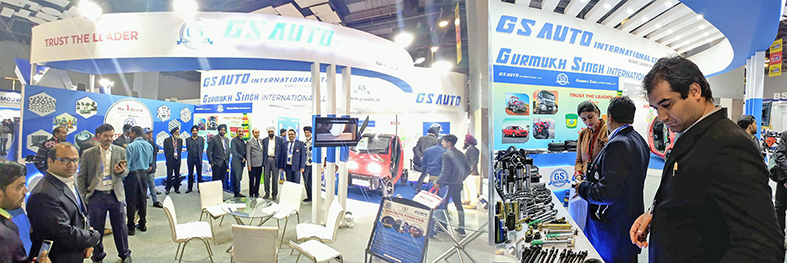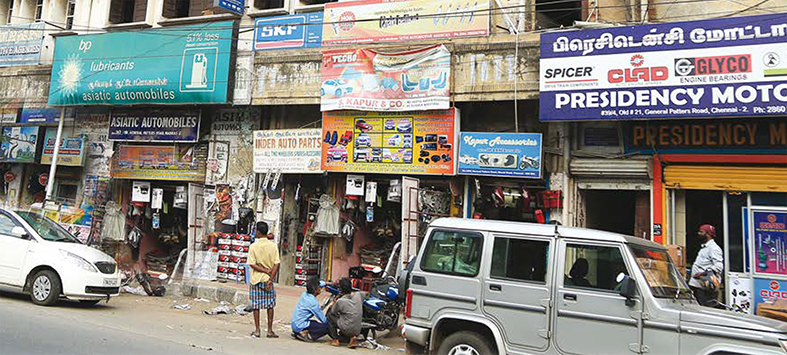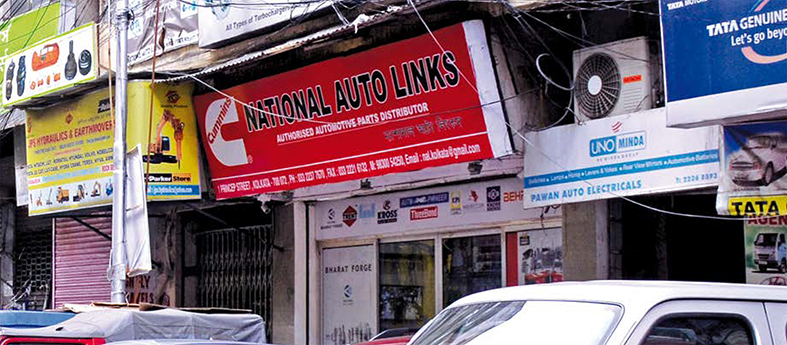At a time when automobile sales dropped to zero during the lockdown phase and production of vehicles ground to a halt, the component business felt the impact at the most minimum level. This, as our guest columnist Umesh K Jhamb points out, is just one of the indicators showcasing both the relevance and the profitability of the aftermarket industry
The Indian automotive industry is identified as among top five markets in the world, competing with the likes of US, Germany, Japan and China, and growing in stature every year. It is projected to become the biggest production and export hub for most of the leading brands in the automotive industry the world over. In such a scenario, aftermarket is a secondary yet valuable market and has, in fact, become a lifeline for the success of the automobile manufacturing industry. The success of vehicles in any segment, right from two-wheelers to trucks, depends on efficient after-sales support available, as defined by the aftermarket.

The aftermarket segment ensures efficient functioning and trouble-free movement of vehicles on the road by providing spares and timely service through replacements and repairs. Therefore, the segment is also a major contributor to the national economy since it helps in the efficient movement of goods and services across the country.
Relevance of Aftermarket Sector
The aftermarket or replacement market is ever-growing, free of recession. It is currently valued at Rs. 75,000 crore and expected to reach Rs. 1 lakh crore in the next 3-5 years. This includes all segments such as two and three-wheelers, cars, utility vehicles, commercial vehicles, tractors, earthmoving trailers, etc. With India evolving to become self-reliant as well a major production and export hub, there is also an opportunity to reach export volumes of USD 100 billion by 2026, as stated by the Automotive Component Manufacturers Association of India (ACMA).
The segment is also important since it currently employs around 1.5 million workers directly or indirectly, contributing to about 3% of the country’s GDP. The segment comprises both organised and unorganised sectors. The organised sector consists of manufacturers and suppliers that enjoy OE status and also have their established independent brands that meet OE quality parameters. The unorganised sector comprises small and medium enterprises meeting the aftermarket or replacement demand though not as approved suppliers to OEMs.

The aftermarket is a complex business with variable characteristics. It can be clearly segmented based on vehicle category and various part aggregates such as engine, steering, transmission, chassis and under-chassis, electric or electronic, brakes, axles, tyres and general accessories. Each of these is an independent large business group with different business approaches and demand patterns. In terms of potential and opportunity, the segment is assured to post growth considering the increasing number of vehicles. The business potential depends on wear patterns or replacement cycles in addition to road conditions that affect the operational efficiency of vehicles. For example, critical engine components are replaced only at the time of engine overhaul while under-chassis components like brake pads need to be replaced every year depending on the usage and life of the vehicle.

One of the important contributors to the growth of the aftermarket industry is its visibility. Brand awareness plays a significant role with the use of the media and customer contact programmes to showcase the qualitative and service strength of the component manufacturers. Trade shows are also of great benefit to manufacturers to not only promote products but also display the latest technologies. Given that the aftermarket business is carried out through a channel network consisting of end-users and end-sellers, the segment calls for innovative strategies to create brand preferences and market share.

Impact of the Pandemic
While the automotive industry suffered huge losses on account of the lockdowns imposed in the course of the ongoing pandemic and is only how regaining normalcy, the aftermarket segment was the first to bounce back as soon as the lockdowns were eased. As per data issued by trade associations, while the decline in OEMs’ business rose from 42% to 88%, component manufacturers’ and traders reported a decline of less than 15%. In some cases, there was no decline in trade where the components were easily available. This goes to indicate that the aftermarket business is an ever-growing profitable segment with least business risk. It offers great opportunity for exponential growth in both domestic as well international markets and overall, as mentioned before, it supports the national economy through employment and exports.
—
Understanding the Aftermarket
It is important to understand and appreciate the relevance of the aftermarket, which can be subdivided into two categories:
• Replacement Parts: These are built to replace those parts that are worn out or damaged. Every part has a replacement lifecycle, depending on usage, as for example, engine parts like pistons, rings, bearings or transmission parts like gears and under-chassis components like shock absorbers and suspensions, etc.
• Accessories: These are additional fittings for comfort, safety, convenience and customisation.
—
THE AFTERMARKET EFFECT
Aftermarket business is an ever-growing profitable segment with least business risk.
It offers great opportunity for exponential growth in both domestic as well international markets
It supports the national economy through employment and exports.